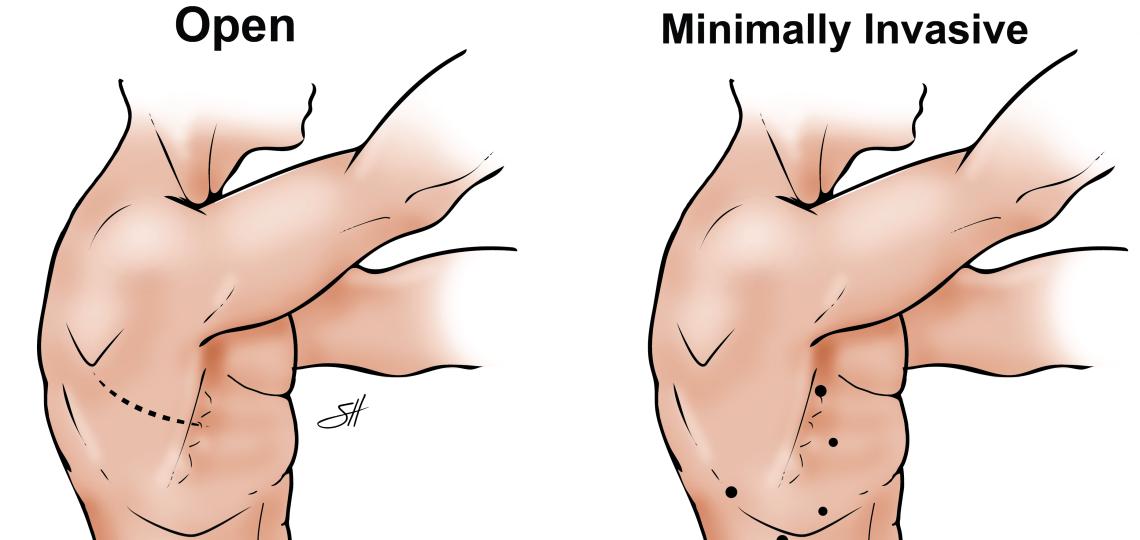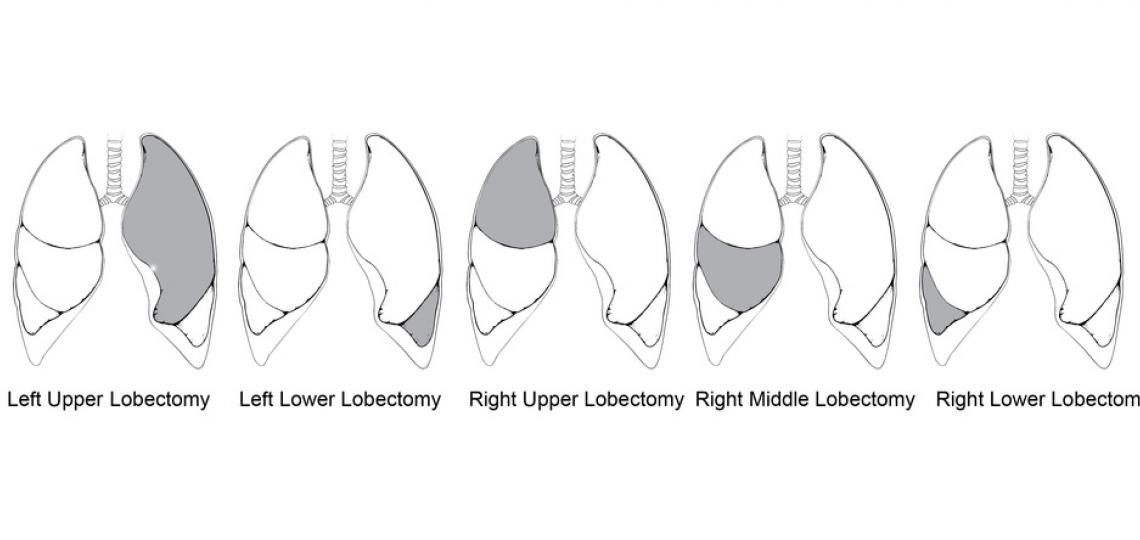The lungs are a pair of spongy organs in your chest. The right lung is bigger than the left lung. Each lung is divided into smaller parts called lobes. The right lung has three lobes, and the left lung has two lobes. Each lobe is divided into smaller parts called segments which are each made up of millions of tiny air sacs called alveoli that allow your blood to take in oxygen and get rid of carbon dioxide when you breathe.
Each part of the lung plays a crucial role in overall lung function, contributing a specific percentage to your total lung capacity. For example, the right upper lobe contributes approximately 20%, the right middle lobe around 10%, and the right lower lobe about 30%. Similarly, the left upper lobe contributes around 25%, and the left lower lobe about 15%.
When considering lung surgery, such as a lobectomy, your surgical team will carefully assess your lung function to ensure that the remaining lung tissue after surgery is enough for you to breathe on your own. If your lung function is already low, removing a large portion like a full lobe could lead to lung failure. So, your surgical team will select how much of your lung to safely remove based on the mass and your lung function to give you the best long-term outcome. Pulmonary function testing will be performed to help your surgeon determine what kind of surgical resection is best for you
Types of Lung Resections
If you have a lung mass, your doctor may recommend a surgical procedure to remove part or all of your lung, also called a resection. There are different types of lung resections, including wedge resection, segmentectomy, lobectomy and pneumonectomy.
- Wedge resection: Removal of a small wedge- shaped part of one segment
- Segmentectomy: Removal of one segment of one lobe
- Lobectomy: Removal of one lobe of the lung
- Pneumonectomy: Removal of one entire lung

Many lung surgeries can now be performed using minimally invasive techniques, such as video-assisted thoracoscopic surgery (VATS) or robotic surgery. These approaches involve the surgeon utilizing long instruments and a camera inserted through small incisions to do the procedure. Depending on the method chosen, you may have one to five small incisions on the side of your chest.
Why the Procedure Is Performed
Lung resection is indicated for the treatment of:
- Non-small cell lung cancer
- Metastasectomy for tumors that cannot be removed by lesser (sublobar) resections
- Carcinoid tumors that cannot be removed by lesser (sublobar) resections








 Credit
Credit
